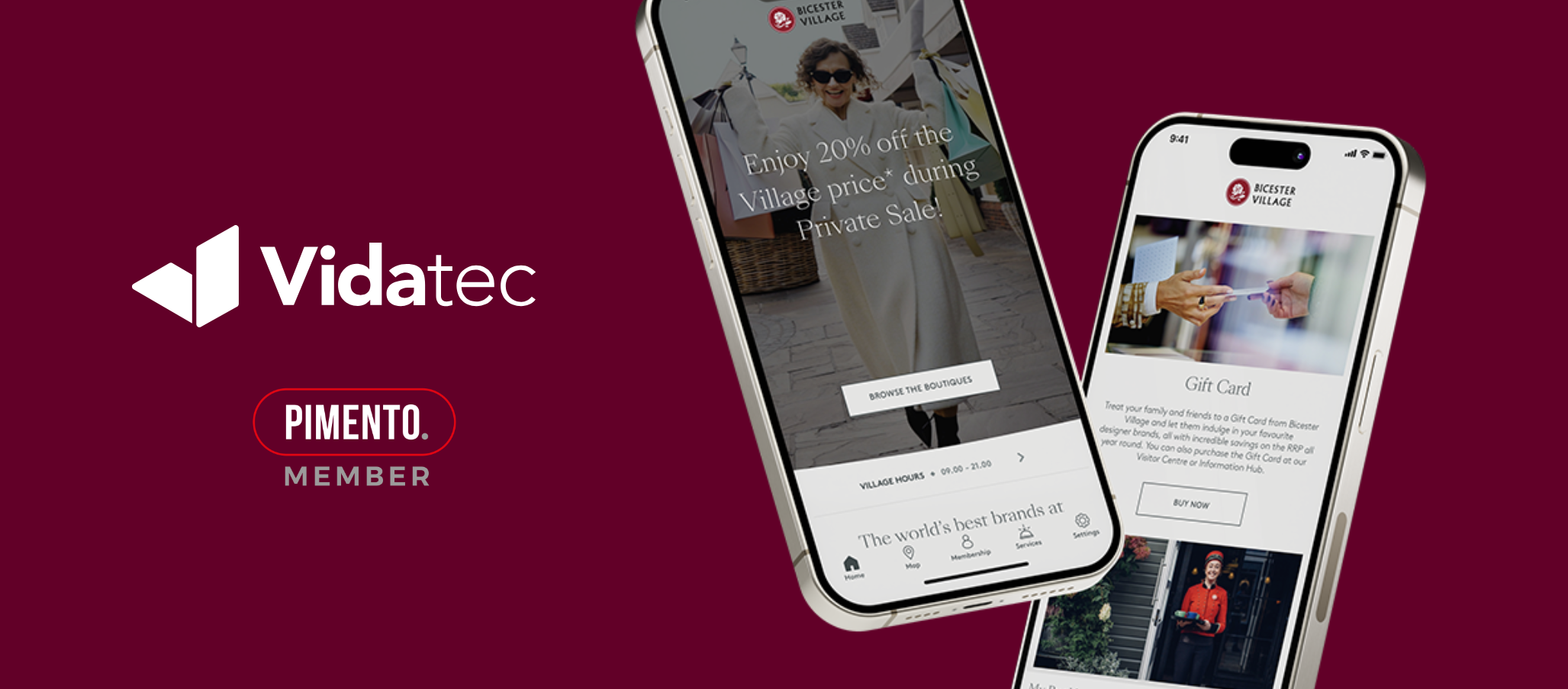FIRST STEPS IN SPONSORSHIP
WHERE BRANDS STUMBLE
Navigating the sponsorship landscape to identify the right partnership is no simple task. Countless articles, blogs and webinars discuss the theory behind sponsorship strategy and selection, yet when theory is put into practice, challenges often arise. Whether a brand is new to sponsorship or has prior experience, there are recurring pitfalls that frequently emerge.
Securing the Right Support
The process begins with obtaining the right advice and engaging with the ‘marketplace’ strategically. Too often, brands seek guidance from sponsorship sales representatives or agencies that offer brand consultancy while simultaneously selling sponsorship rights. If your adviser is earning commission from the opposing side, you should question the impartiality of their advice. If they are receiving both commission and consultancy fees – so-called ‘double dipping’ – their business ethics should also be scrutinised.
A recent survey by Gemba suggests that the industry is well aware of this issue. Some 42% of sponsorship professionals view this conflict of interest as a serious problem, a figure that rises to over 50% among those with more than a decade of industry experience. However, new brands entering the space, particularly those enticed by an exciting sponsorship proposal in their inbox, may be less attuned to these concerns.
This conflict of interest ultimately diminishes value for the brand. When ‘advisers’ receive commission on deals, they have no incentive to negotiate lower transaction prices. A higher rights fee results in a bigger commission. By contrast, seeking guidance from a brand-side agency or consultant, who has no mandate from the rights holder to broker a deal, can yield significant advantages. Those working brand-side are often engaged to help activate the partnership, meaning they have a vested interest in the long-term success of the deal. Their incentive is to negotiate a partnership that delivers value, rather than simply ensuring a contract is signed quickly.
An independent, brand-side adviser also helps avoid another common sponsorship misstep – marketplace misrepresentation. Many brands attempt to explore the market by engaging with multiple sponsorship sales agencies. While this may seem like a sensible way to gauge ‘what’s available,’ it often results in confusion and disorder. Sales agencies frequently approach rights holders claiming to represent a brand, creating a commission-driven feeding frenzy. Unfortunately, the primary casualty in this chaotic process is the brand’s sponsorship investment.
Valuing More Than ‘Values’
Read any sponsorship announcement or listen to a webinar on best practices, and you’ll likely hear the phrase ‘alignment of brand values.’ This is one of the most overused – and least helpful – concepts in sponsorship strategy. Community, heritage, integrity, teamwork, performance, excellence… These values are largely interchangeable across different sports or entertainment properties, making them an ineffective basis for selecting or justifying a sponsorship.
While brand ‘fit’ is crucial in any strategic sponsorship, it must go beyond vague shared values. The right partnership should bring the brand’s positioning or proposition to life. This could involve leveraging the sponsorship to tell a compelling brand story in a new way or co-creating a proposition with the rights holder that uniquely delivers the brand’s perspective.
Too often, brands attempt to establish alignment after the deal has been finalised. Instead, this should be an integral part of the internal business case for investment and a key consideration during negotiations. Gaining approval for an activation strategy before signing the deal and ensuring the necessary contractual rights are secured can be decisive. One standout sponsorship moment from the Paris Olympics was Louis Vuitton’s seamless product integration (or blatant product placement, depending on your perspective) – an activation element that was contractually secured in advance. The principle of ‘create before you negotiate’ remains a golden rule for ensuring brand fit and sponsorship effectiveness.
The Audience Reality Check
Ensuring that a sponsorship reaches and engages a sufficient proportion of the target audience is another key factor in successful selection. There is an abundance of data, tools and analytics available to verify audience alignment, but brands must be wary of headline figures. Sponsorships are often marketed based on their ability to connect with vast fan bases. While a large ‘addressable audience’ may strengthen a business case on paper, the reality can be quite different.
Sponsorship undoubtedly provides brands with visibility at scale through branding and exposure, which is particularly valuable for new brands seeking rapid name recognition. However, sponsors are increasingly prioritising deeper audience engagement. When assessing a rights holder’s owned and operated channels – such as websites, social media platforms and CRM databases – the practical audience reach often diminishes significantly.
Furthermore, a sponsor’s ability to leverage that audience depends on their contractual rights, including access to website inventory, social media engagement frequency, CRM outreach allowances and guaranteed minimum impressions. While a rights holder may claim to reach a million fans, that figure becomes less impressive if the sponsor can only send three emails per year. Sponsorship decisions should be based on granular analysis of first-party audience data and the specific level of access being granted, rather than the headline statistics found in sales presentations.
Bridging Theory and Reality
Ultimately, a solid sponsorship strategy requires clarity on objectives, brand fit and audience alignment. However, success also depends on applying this strategy effectively within the realities of the sponsorship industry. By securing independent advice, focussing on meaningful brand integration and ensuring genuine audience engagement, brands can navigate the sponsorship landscape more effectively and avoid common pitfalls.
Written by Tom Gladstone, The Space Between Agency
Speak to us about Sponsorship as part of your brand positioning. This is just one area of expertise we have in our Full Service Marketing Agency offering, see more of our services here.

A Practical Guide for Luxury Marketing in 2026: Tradition, Tech & the TikTok Generation
Luxury marketing in 2026 is being pulled in two directions at once. On one side: heritage, craftsmanship, scarcity, discretion. On […]
Read more.
Digital by Design: The Next Chapter in Luxury Marketing
Luxury has always been about emotion. It’s about how a person feels when they interact with a brand, whether in […]
Read more.
